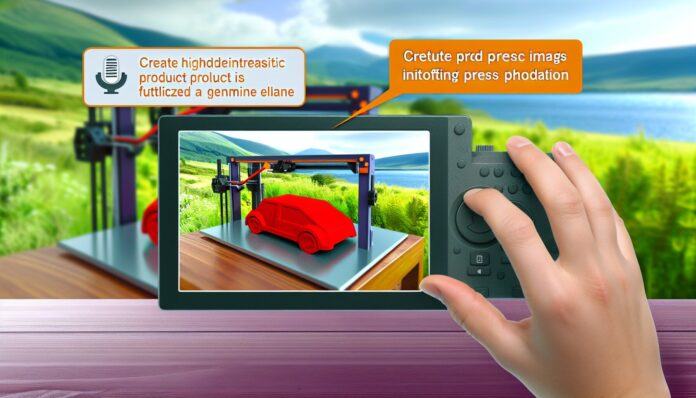Thought3D, the company behind the popular Magigoo adhesive line, has officially launched the Drywise v1.5 — the latest iteration of its in-line filament dryer designed to meet the rigorous demands of industrial 3D printing. With enhanced performance, broader material compatibility, and a more user-friendly interface, the Drywise v1.5 aims to streamline the filament drying process for professional users.
What’s New in Drywise v1.5?
The Drywise v1.5 builds on the success of its predecessor with several key upgrades. One of the most notable improvements is the redesigned user interface, which now features a larger, more intuitive touchscreen. This makes it easier for operators to select materials, monitor drying status, and adjust settings in real time.
Internally, the v1.5 model boasts a more efficient heating system and improved airflow management. These enhancements allow for faster and more consistent drying, even with highly hygroscopic materials like nylon, PEEK, and PEKK. The system continues to support in-line drying, meaning filament is dried as it is fed directly into the 3D printer, eliminating the need for pre-drying and storage in desiccant chambers.
Expanded Material Compatibility and Modular Design
One of the standout features of the Drywise v1.5 is its expanded material compatibility. Thought3D has added support for a wider range of engineering-grade thermoplastics, including carbon fiber-reinforced filaments and high-temperature polymers. This makes the device particularly attractive to users in aerospace, automotive, and medical sectors where material performance is critical.
The system also retains its modular design, allowing users to easily swap out material-specific cartridges. This modularity not only simplifies maintenance but also ensures optimal drying conditions tailored to each filament type. The cartridges are equipped with RFID tags, enabling automatic recognition and parameter adjustment by the dryer.
Technical Specifications and Pricing
The Drywise v1.5 is available in both 1.75 mm and 2.85 mm filament versions. It supports drying temperatures up to 120°C and is compatible with most open-material 3D printers. The device features a built-in filament sensor, automatic shutoff, and real-time temperature and humidity monitoring.
According to Thought3D, the Drywise v1.5 is priced at €2,999 for the base unit, with additional cartridges available for €199 each. The company is also offering a trade-in program for existing Drywise users looking to upgrade to the new model.
Why In-Line Drying Matters in Industrial 3D Printing
Moisture is a well-known enemy of high-performance 3D printing. Even small amounts of absorbed water can lead to poor layer adhesion, surface defects, and mechanical weaknesses in printed parts. Traditional drying methods, such as oven baking or desiccant storage, are time-consuming and often inconsistent.
In-line drying, as offered by the Drywise system, addresses these issues by removing moisture just before extrusion. This ensures that the filament is in optimal condition at the moment of printing, leading to better part quality and reduced material waste. For industries where precision and reliability are paramount, this can translate into significant cost and time savings.
Applications and Industry Impact
The Drywise v1.5 is particularly well-suited for sectors that rely on high-performance polymers, such as aerospace, automotive, and healthcare. In these fields, the mechanical properties of printed parts must meet stringent standards, and moisture control is a critical factor.
By simplifying the drying process and integrating it directly into the printing workflow, Thought3D’s latest device helps manufacturers maintain consistent part quality while reducing downtime. The modular design and expanded material support also make it a versatile tool for R&D labs and service bureaus working with a variety of filaments.
With the launch of the Drywise v1.5, Thought3D continues to position itself as a key player in the additive manufacturing ecosystem, offering practical solutions to real-world challenges in filament-based 3D printing.
Source: 3D Printing Industry

